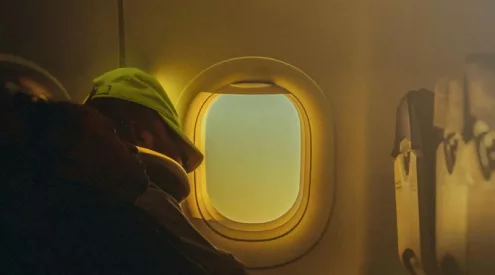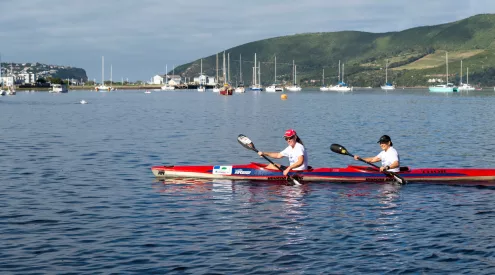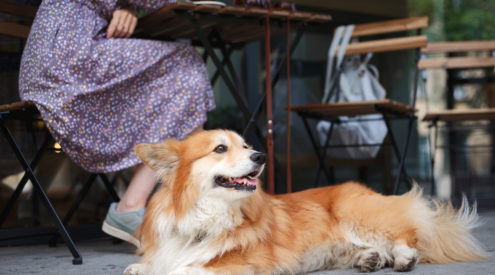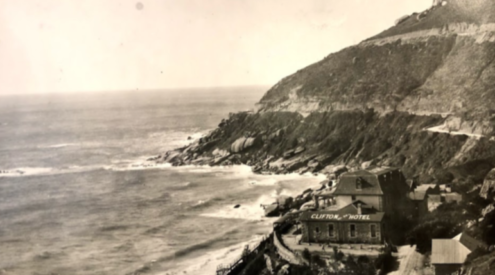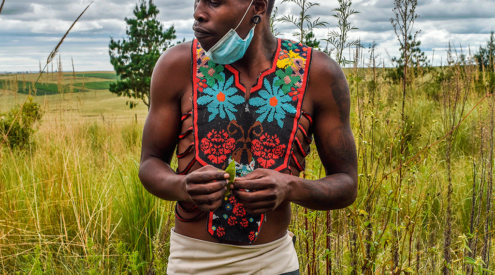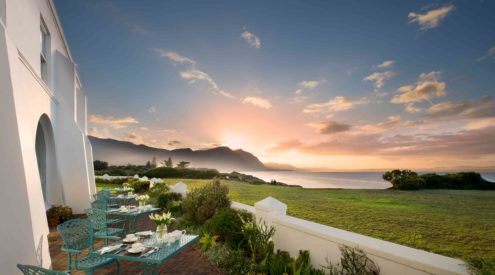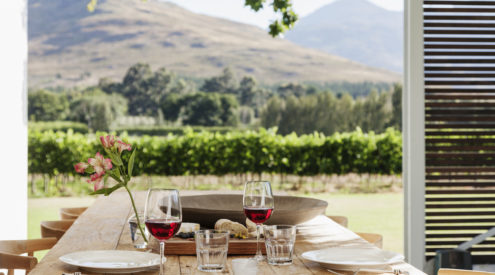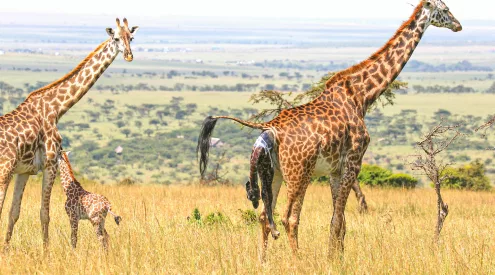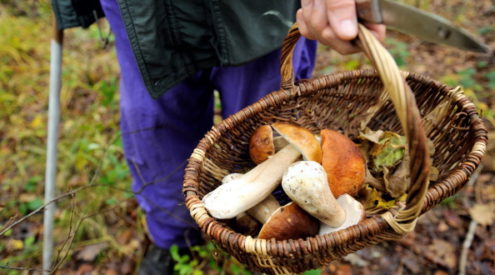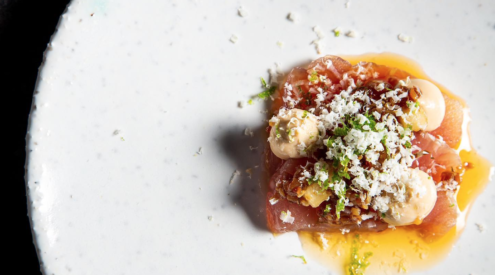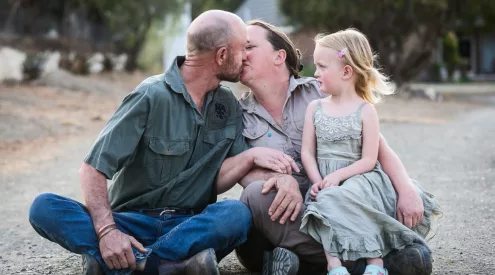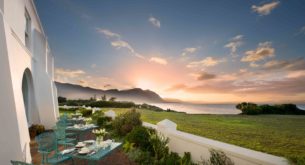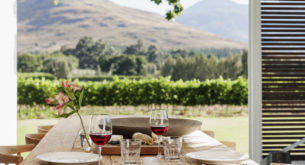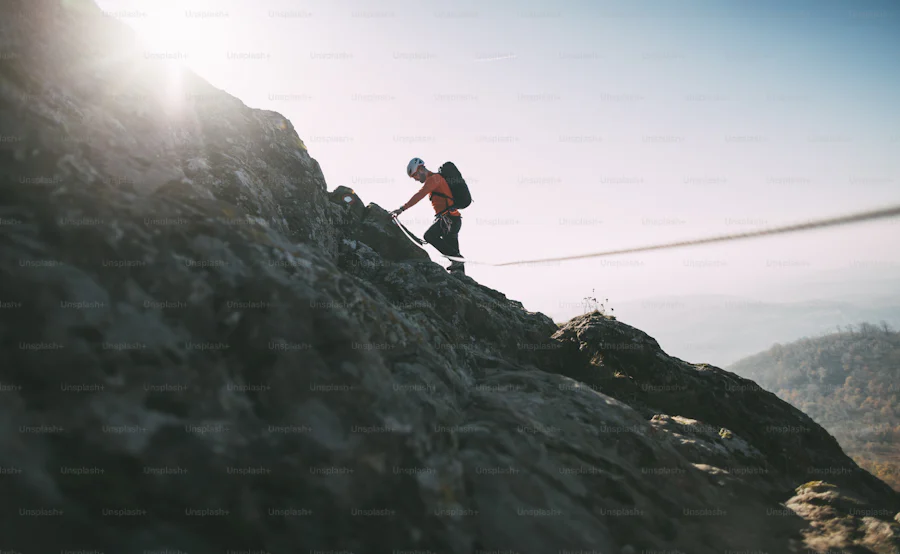By the late 1830’s, out-riders from the Voortrekker expeditions had reached the Lowveld regions of what is now Mpumalanga. Seeking independence from the British controlled harbours of the Cape and South Coast, they set about establishing trade routes with the Portuguese to the east. Malaria, unforgiving terrain and the sometimes hostile local tribes made life particularly hard for these early European settlers and without the rumour of gold and the promise of wealth through prospecting and hunting, much of the area may have been left unexplored for many years.
By 1844, however, a route, though arduous, had been successfully established between Ohrigstad and Lourenço Marques on the Mozambique coast. Originally reconnoitred by Andrie Potgieter, this “˜Old Transport Road’ was later shortened by the Portuguese businessman, João Albasini, who steered the road closer to the principle water sources in the area, through drifts on the Crocodile and Komati Rivers. These were vital for the oxen and horses, as well as for the men who ranged along the more than 200 kilometre route.
Both new and old roads ran past what is now Pretoriuskop rest camp. The camp is named after Willem Pretorius, a Voortrekker and member of an 1848 expedition to Delagoa Bay, who died and was buried under the impressive granite outcrop that now bears his name.
By the late 1800’s, hunting and trapping in the Mpumalanga Lowveld had nearly wiped out much of the game once common in the region. Then president of the Transvaal, Paul Kruger, moved to protect part of the area and in 1898 declared the Sabie Game Reserve – what is now the southern part of the park, between the Sabie and Crocodile Rivers – restricted to hunters. It took a further 28 years before further farms and reserves would be combined to form the Kruger National Park and in 1927 the first paying visitors, a sum total of 3 vehicles, became the national park’s first tourists.
In the first few years, visitors to Kruger were allowed to go pretty much where they pleased and were free to setup their own bush camps without supervision or restriction and how amazing that must that have been! In 1930, however, Pretoriuskop was opened as the first public rest camp and others soon followed as more and more visitors flocked to this amazing park.
The reason the Braai4Heritage tour has come here is specifically because of Pretoriuskop’s legacy – it is here that the first rangers were based and here that some of the park’s first visitors, keen like we are to experience the best of the African bush, came to stay. We can be be pretty confident they liked a good braai.
We’ve had a great time here today. The game drive was a total failure in terms of wildlife (we saw one dove, two rat-like critters, a geko and a hippo’s ear), but beautiful nonetheless. To be truthful, Pretoriuskop is not the best place in the Kruger National Park to see game, especially not at this time of year when the summer rains mean huge stands of tall grass lining the roads and visibility into the bush is down to a few metres.
But we’ve loved being here. Everyone’s in a great mood – partly due to a very short driving day, but also I think because we’ve had one of our first real off-camera “˜atmosbraais,’ searing up the remainder of our day’s delicious meat and having a few laughs with some foreign visitors to our shores.
Tomorrow it’s off to the Cradle of Mankind – our fifth World Heritage Site in less than three weeks and, not having been there myself, I’m very much looking forward to it!

